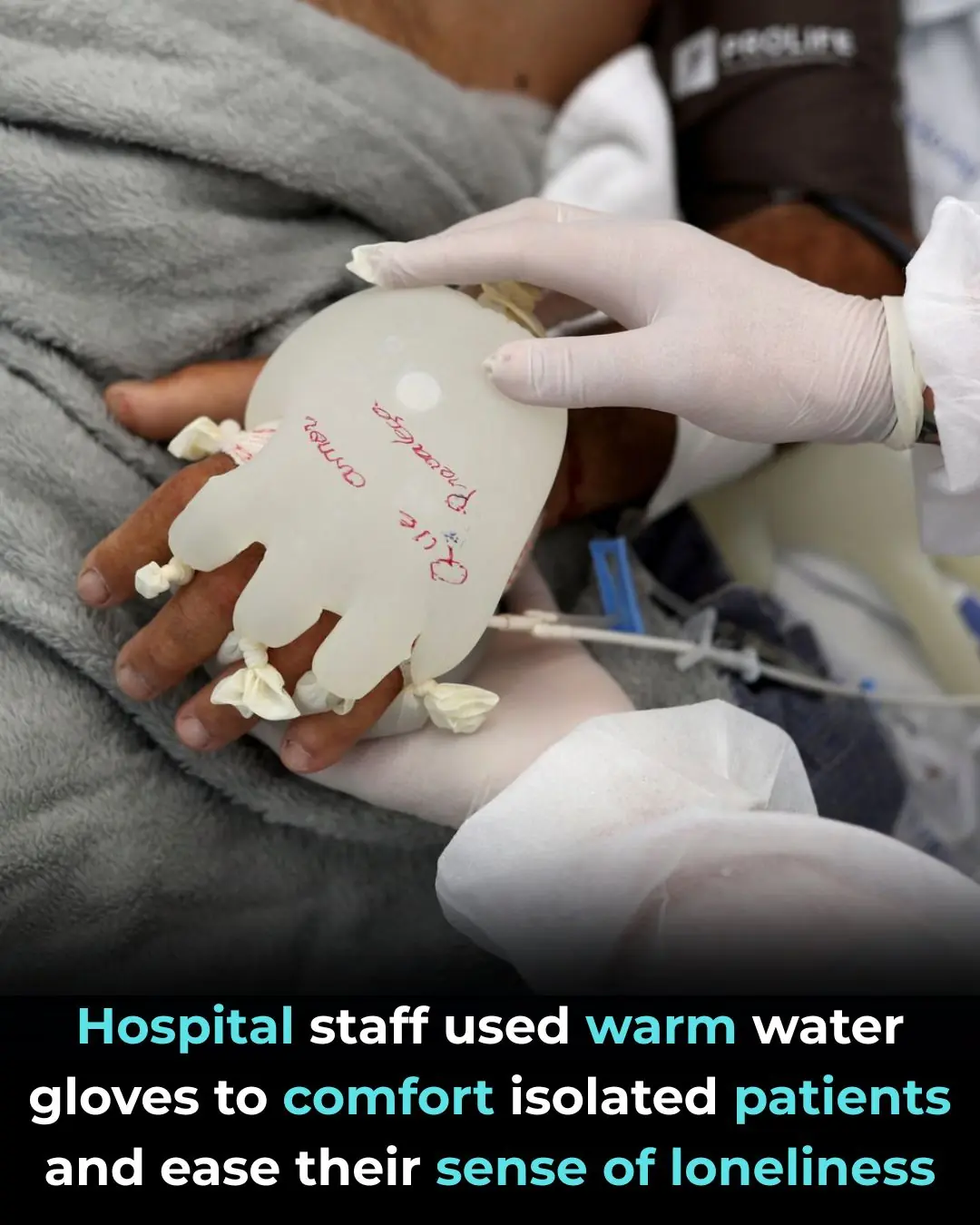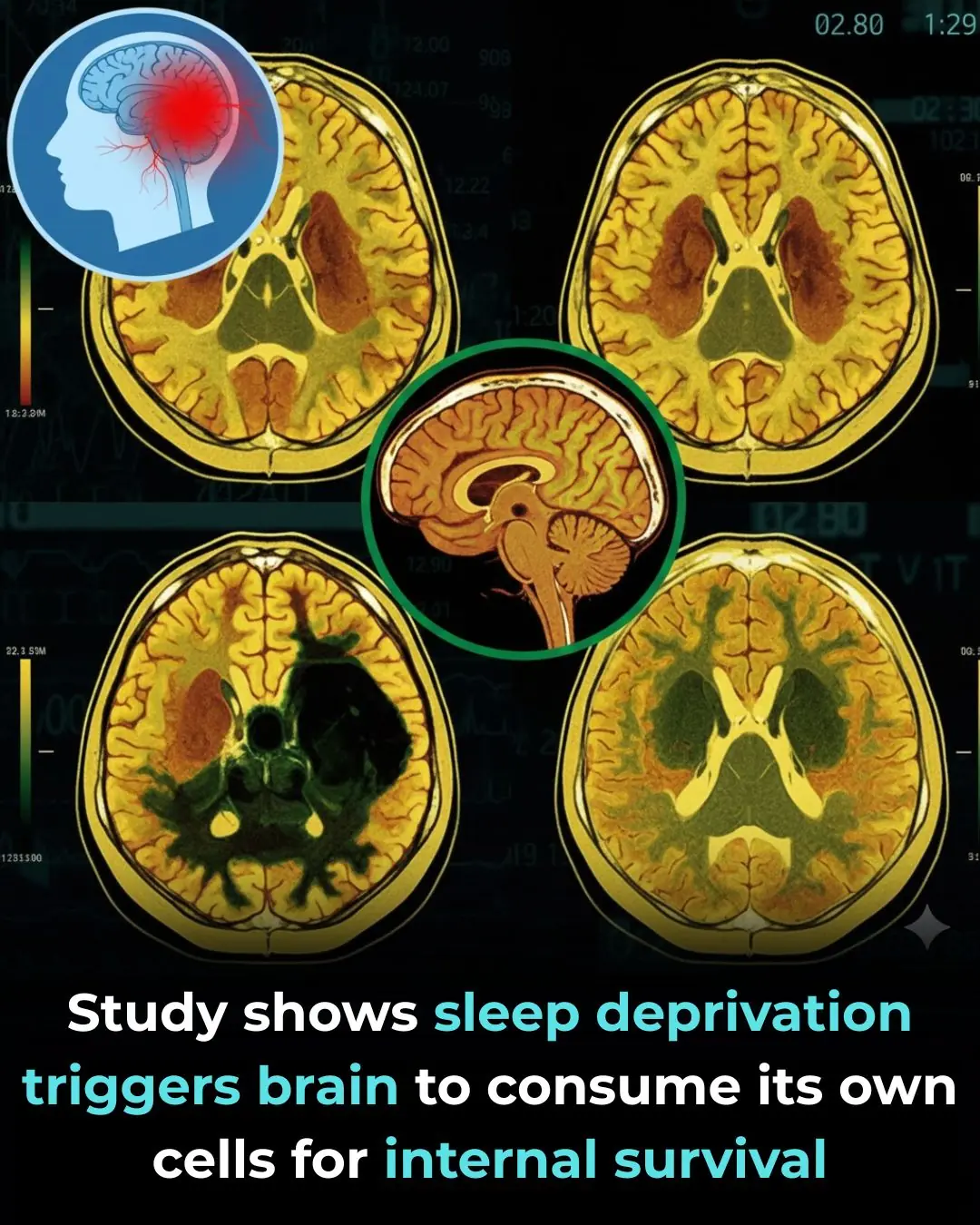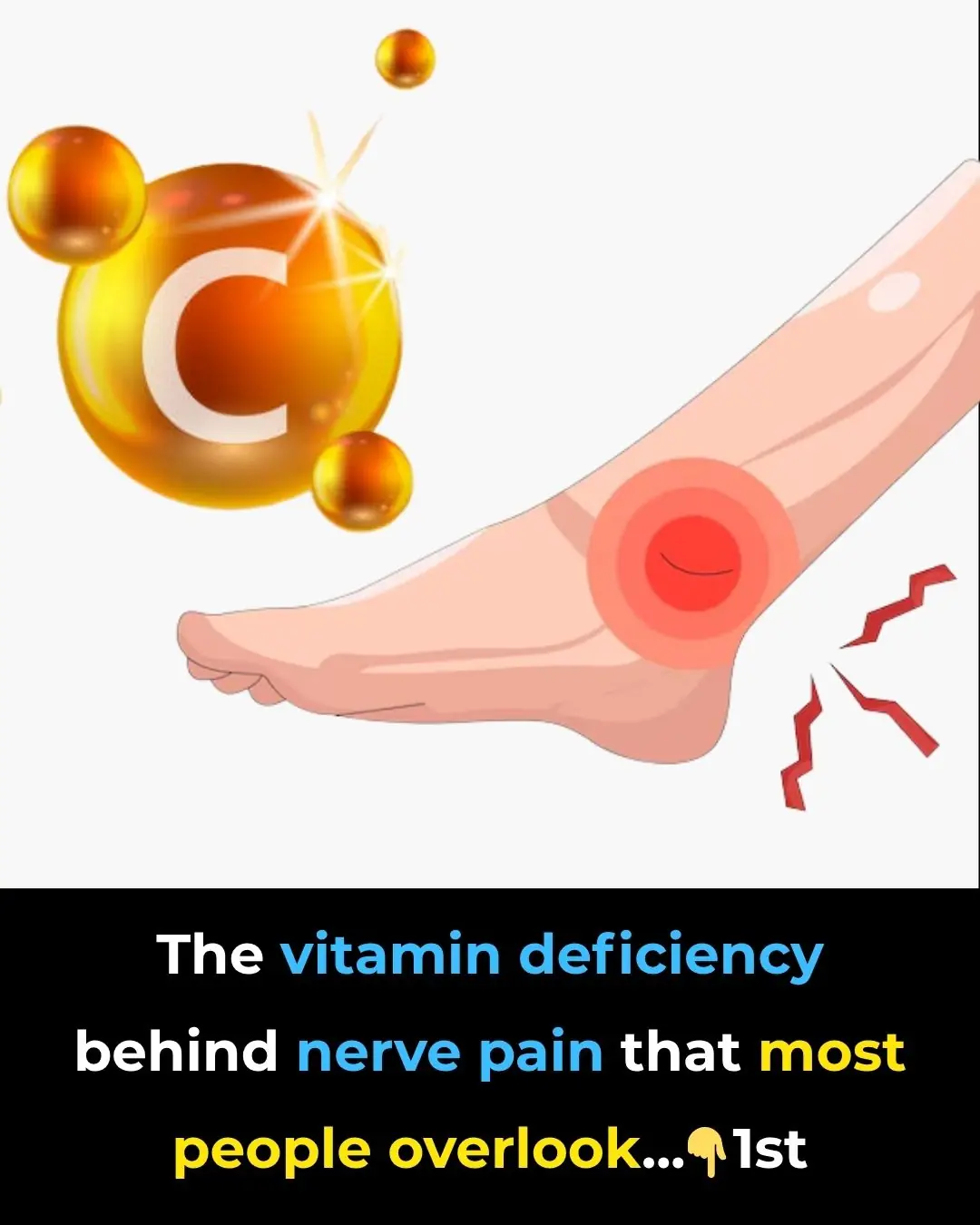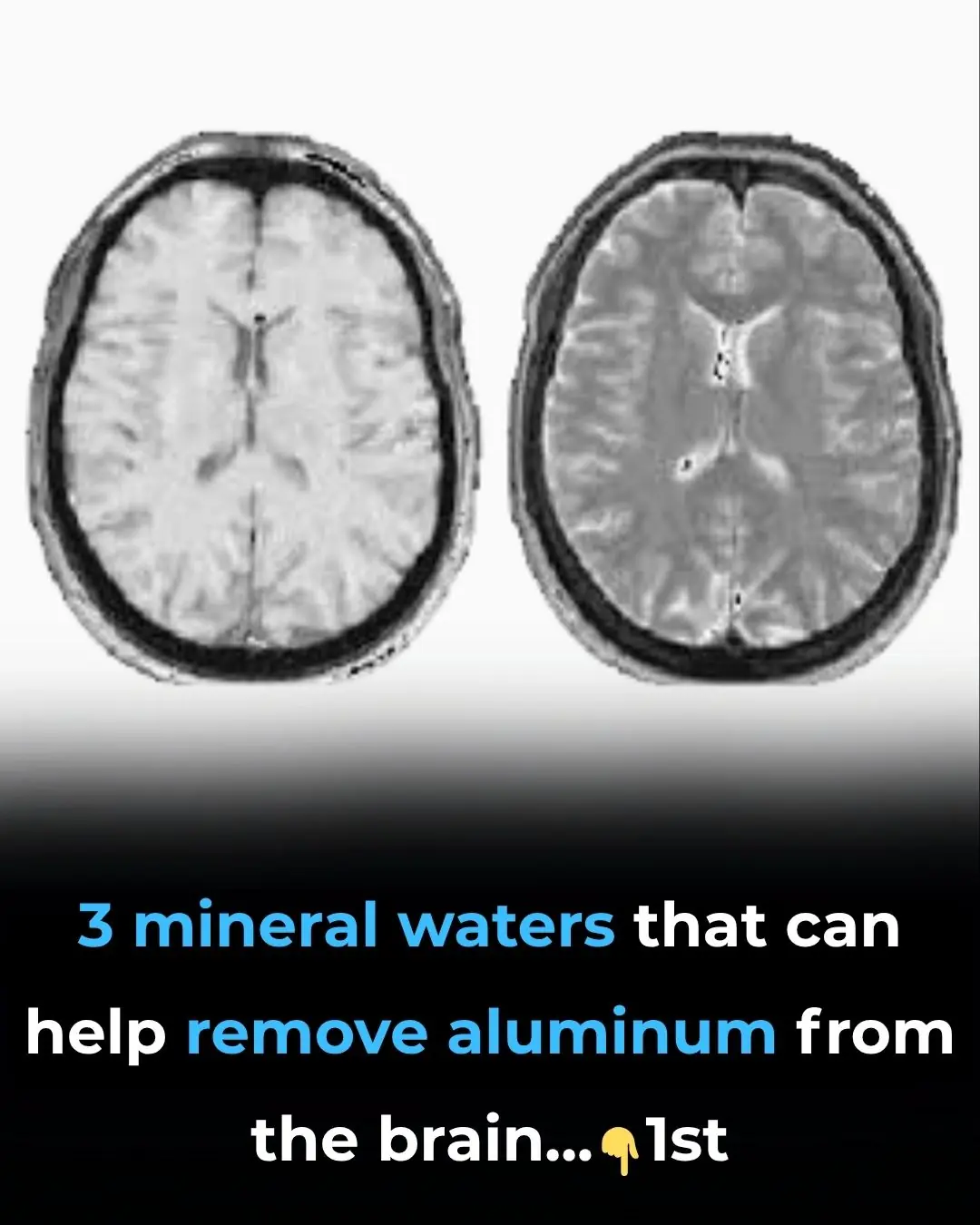
The “Hand of God” Technique: How a Simple Gesture Brought Humanity Back Into Isolated Hospital Rooms

During some of the darkest days of the pandemic, when hospital rooms were sealed and loved ones were kept at a distance, healthcare workers discovered a profoundly simple yet transformative way to comfort patients who were completely alone. It involved nothing more than a pair of medical gloves filled with warm water — but for those who received it, it felt like the closest thing to human touch.
This compassionate gesture, now known globally as the “hand of God” technique, became one of the most touching symbols of modern caregiving. Nurses filled two disposable gloves with warm water, tied them securely together, and placed them gently into a patient’s hands. The warmth, weight, and shape of the gloves mimicked the experience of being held — a small but powerful stand-in for the comfort they could not physically give.
A Human Connection When Families Couldn’t Be There
Patients in COVID isolation wards, emergency units, or intensive care rooms often went days or even weeks without physical contact. Many were sedated, intubated, or unconscious, cut off not only from communication but from the most basic form of human reassurance: touch.
The “hand of God” technique became a bridge between medical restrictions and emotional need.
It allowed healthcare workers to give something that machines, medications, and monitors could not — a reminder that the patient was not alone.
For those too weak to open their eyes or speak, the gentle warmth of the gloves communicated presence, compassion, and care. It grounded them in a world beyond ventilators and oxygen masks.
Why Touch Matters — Even When We Aren’t Awake
Research has long shown that human touch is not merely comforting — it is biologically powerful.
Physical contact can:
-
Lower anxiety
-
Reduce stress hormones
-
Stabilize heart rate
-
Support emotional regulation
-
Improve patient responsiveness
Even simulated touch, like the warm pressure of these gloves, activates similar neurological pathways. It tells the brain: You are safe. You are supported. You are not alone.
In a time when fear and loneliness often overshadowed treatment, these small physiological signals played a meaningful role in patient well-being.
Immediate Emotional and Physical Effects
Nurses and doctors reported rapid changes when the technique was used:
-
Patients appeared more relaxed
-
Their hands unclenched
-
Heart rates and oxygen levels often steadied
-
Many showed reduced agitation or tension
Though it wasn’t a medical procedure in the traditional sense, its impact was unmistakable. It provided hope at a moment when hope was hard to find.
The Humanity Behind the Gesture
The “hand of God” technique did not replace medicine — it reminded everyone that medicine is more than science. It is empathy, presence, and the courage to care creatively when circumstances are dire.
In quiet rooms filled with machines, these two water-filled gloves stood as a small act of rebellion against cold isolation. They symbolized the faithful human instinct to comfort, to connect, and to ease suffering in whatever way possible.
For patients, it was a touch of dignity.
For nurses, it was a way to give love when they could not offer a literal hand.
For the world, it became a reminder that caregiving is not defined only by expertise, but also by compassion.
Small Acts, Lasting Echoes
In retrospect, this simple practice captured the emotional truth of the pandemic: in the hardest moments, small acts carry the greatest power. These gloves didn’t heal lungs or fight infection — they healed spirits. They reminded us that even in crisis, humanity persists in gestures so gentle they almost go unnoticed.
The “hand of God” was not just a technique.
It was a message:
Care is a language spoken without words. And even in isolation, kindness finds its way in.
News in the same category


MAFS UK's Abi issues emotional relationship status update

Ant McPartlin's tattoos explained – from meaningful inking to poignant tribute

When the Brain Eats Itself: The Hidden Damage Caused by Lack of Sleep

Kerry Katona undergoes corrective boob surgery as she gushes over beau Paolo's support

How Rose Essential Oil May Reshape the Brain: A Deep Dive Into a Surprising New Study

Celebrity MasterChef’s Gaz Choudhry fails to impress Grace Dent and John Torode and is sent home

DANIEL RADCLIFFE SENDS LETTER TO NEXT HARRY POTTER AND RECEIVES AN INCREDIBLY HEARTWARMING REPLY

I’m A Celebrity 2025: What the meaning is behing Shona McGarty’s piercings and tattoos

HOW CANCER CAN CAUSE DYSLEXIA AS MARTIN KEMP OPENS UP ABOUT EXPERIENCE ON I'M A CELEB

BILLY BOB THORNTON REVEALS TRUTH ABOUT INFAMOUS BLOOD VIALS WITH ANGELINA JOLIE

Complaints pour in as I’m A Celebrity viewers fume at Kelly Brook’s comments to Jack Osbourne

Katie Price Reignites Tensions Over Daughter Princess Andre, Urges Teen to “Tell the Truth”

Coronation Street: Megan’s Grooming of Will Deepens as Actress Beth Nixon Reveals Troubled Backstory

Heartfelt meaning behind Jack Osbourne’s smiley face knee tattoos revealed

Gogglebox Star Steve Sheehan Playfully Warned by Wife Sue: “Be Careful on the Train!”

Deal or No Deal Contestant Ush Opens Up About Emotional Journey to Motherhood

I’m A Celebrity 2025: Aitch Handed Crucial Career Warning Ahead of Jungle Debut

Anita Rani and Her Father Bal Win Hearts on Celebrity Race Across the World
News Post

Controversial I'm A Celeb star Ruby Wax's changing face

MAFS UK's Abi issues emotional relationship status update

Ant McPartlin's tattoos explained – from meaningful inking to poignant tribute

When the Brain Begins to Consume Itself: The Hidden Costs of Chronic Sleep Loss

When the Brain Eats Itself: The Hidden Damage Caused by Lack of Sleep

From Self-Marriage to Self-Divorce: Suellen Carey’s Viral Journey of Self-Love

Kerry Katona undergoes corrective boob surgery as she gushes over beau Paolo's support

How Rose Essential Oil May Reshape the Brain: A Deep Dive Into a Surprising New Study

Celebrity MasterChef’s Gaz Choudhry fails to impress Grace Dent and John Torode and is sent home

DANIEL RADCLIFFE SENDS LETTER TO NEXT HARRY POTTER AND RECEIVES AN INCREDIBLY HEARTWARMING REPLY

The Hidden Years of Postpartum Recovery: How Motherhood Reshapes the Brain

I’m A Celebrity 2025: What the meaning is behing Shona McGarty’s piercings and tattoos

HOW CANCER CAN CAUSE DYSLEXIA AS MARTIN KEMP OPENS UP ABOUT EXPERIENCE ON I'M A CELEB

Unattractive Traits That Can Secretly Ruin a Relationship

Things You Should Never Do to Avoid Lightning Strikes

BILLY BOB THORNTON REVEALS TRUTH ABOUT INFAMOUS BLOOD VIALS WITH ANGELINA JOLIE

Nerve Pain Relief? The Vitamin Deficiency You Never Suspected!

3 Mineral Waters That Can Help Remove Aluminum From The Brain
